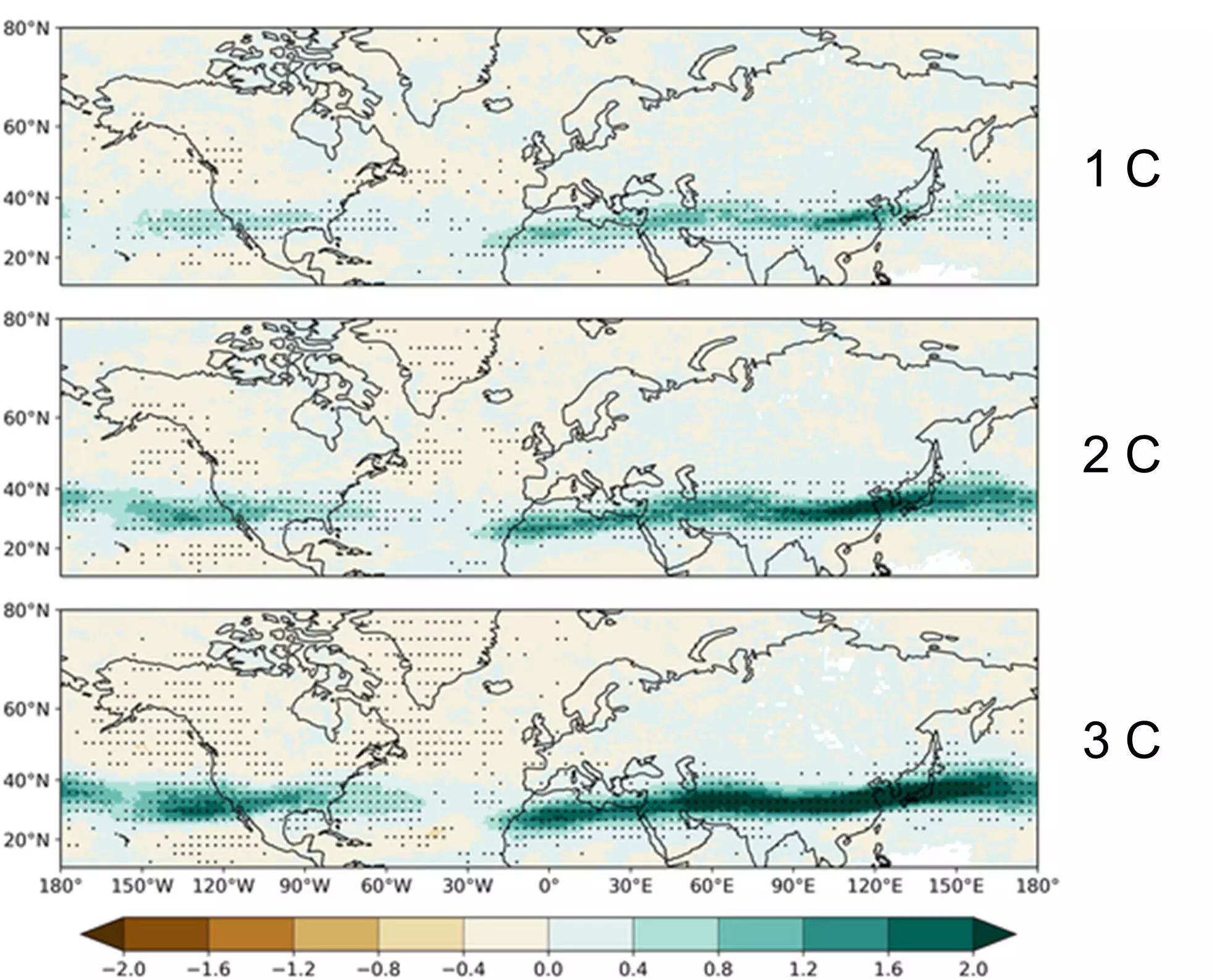As the climate crisis unfolds, it brings with it a host of consequences that reverberate through our daily lives, including the safety of the skies. One of the lesser-known but increasingly pertinent issues is clear air turbulence (CAT), a phenomenon that pilots and passengers alike dread. A growing body of research reveals that this unpredictable, invisible air disturbance is on the rise and set to become more frequent due to climate change. Unlike traditional turbulence caused by storms or mountains, CAT catches unsuspecting flights off-guard, often leading to injury and chaos aboard aircraft.
Recent studies, particularly one published in the *Journal of Geophysical Research: Atmospheres*, have meticulously analyzed extensive data from the past several decades, shedding light on our increasing susceptibility to this airborne danger. Researchers predict that as the climate warms, clear air turbulence will not only increase in frequency but will also impact various regions across the Northern Hemisphere, particularly those closely linked to the jet stream, such as East Asia, the Middle East, and North Africa.
The Mechanics of Clear Air Turbulence
To understand the implications of this research, it is essential to grasp the mechanics behind CAT. Occurring primarily at altitudes between 32,000 to 39,000 feet, CAT surfaces when aircraft encounter vertical wind shears—upward-moving air currents that suddenly disrupt the flight path. The impending acceleration of climate change is likely to intensify these shears due to increased atmospheric energy and elevated jet stream velocities.
According to atmospheric scientist Mohamed Foudad, the lead author of the study, encountering CAT is already a significant safety risk, accounting for approximately 70% of weather-related aviation incidents in the United States. Yet, because traditional forecasting methods struggle to pinpoint and predict CAT events adequately, passengers and crews often find themselves unprepared for sudden turbulence.
A Global Phenomenon: Regions at Risk
The impact of this phenomenon varies across the globe, with some regions being more susceptible to increased CAT than others. For example, over East Asia, where the subtropical jet stream is particularly potent, current estimates suggest that aircraft experience moderate to severe CAT roughly 7.5% of the time. But as climate change continues to escalate, the study posits that the consequences will be felt more broadly across the Northern Hemisphere.
The research drew from 11 distinct climate models and simulated conditions representing future warming scenarios. Any warming trend increases the likelihood of turbulence episodes, with predictions indicating that an increase of even 1 degree Celsius may alter flight dynamics significantly. Furthermore, when considering warming scenarios of 4 degrees Celsius, the uptick in CAT frequency could reach alarming levels.
Government Responsibility and Engineering Adaptations
With the growing potential for turbulence-related incidents, questions arise regarding regulatory and engineering responses to this emerging safety concern. While existing aircraft are engineered to withstand considerable turbulence, the research suggests that aviation engineers will need to account for these rising occurrences in future designs. This presents a dual challenge: finding effective ways to build robust aircraft while also improving forecasting techniques to better anticipate CAT events.
Regulatory agencies and aviation authorities must also recognize that the risk landscape is shifting. They should collaboratively push for updated protocols and safety standards that reflect advancements in climate science and aviation technology. Equally vital will be educating the public about the realities of turbulence to mitigate panic and enhance passenger preparedness during flights.
The Road Ahead
It is imperative to acknowledge that clear air turbulence will pose increased risks for passengers and flight crews alike. While our understanding of the phenomenon has improved, further research is criticial to unravel the complexities linking climate change to CAT occurrences. Officials must actively encourage investment in technologies that refine predictive capabilities, making airborne safety a communal goal that requires vigilance from all stakeholders in the aviation industry.
As we navigate through an increasingly turbulent climate, the oft-overlooked threat of clear air turbulence calls for immediate action. Awareness and preparedness can significantly mitigate the challenges posed by these unpredictable air pockets. While the skies may not always be friendly, proactive measures could pave the way for a safer travel experience, balancing innovation with the impending realities of climate change.

